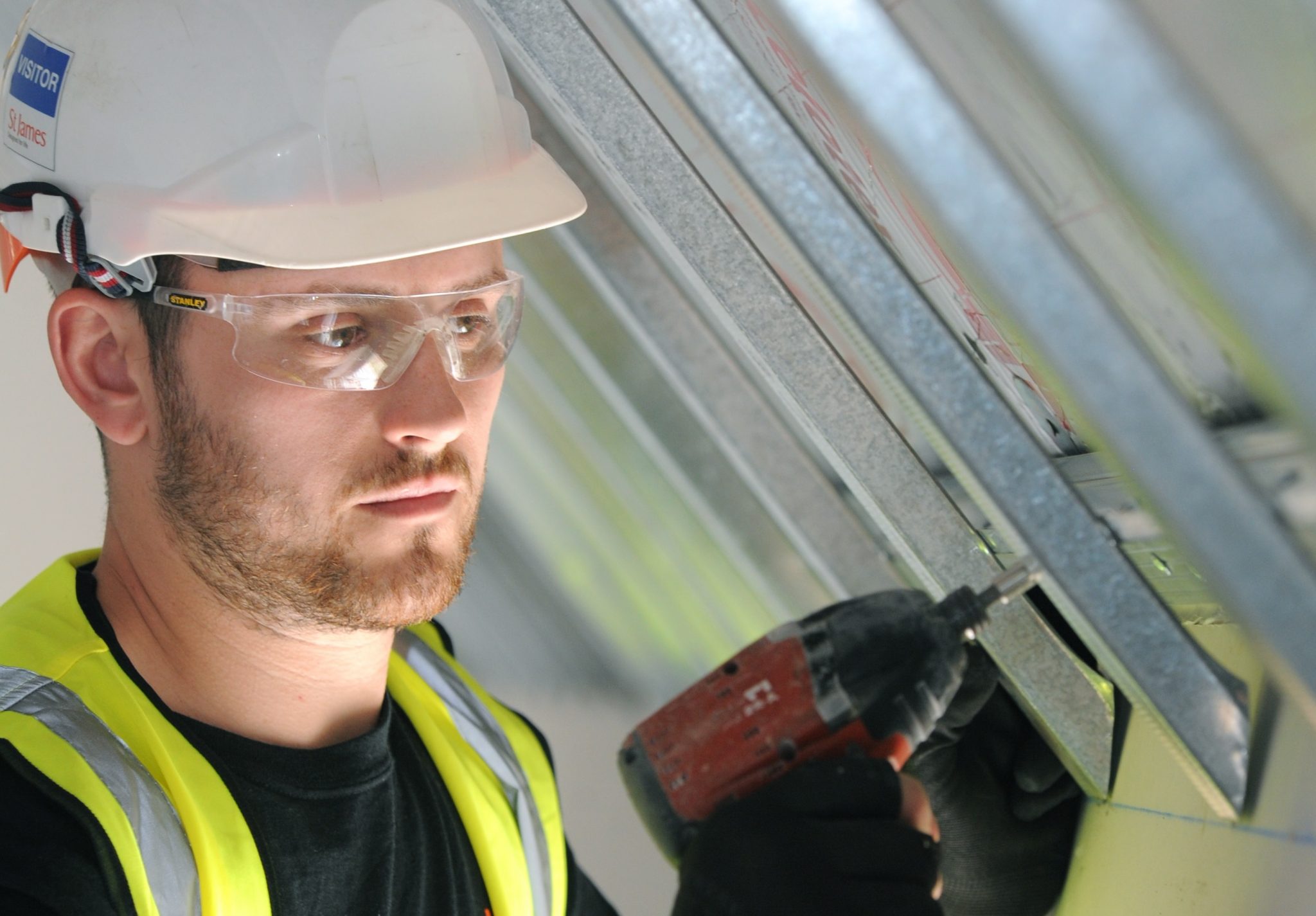Are you doing enough to prevent musculoskeletal disorders?
Musculoskeletal disorders (MSDs) represent a serious long-term health issue for your employees – are you doing enough to protect them?
Although well-intentioned, many workplace risk assessments only address visible dangers such as trip or fall hazards. But a properly balanced risk assessment also acknowledges, and protects against, health issues. Among the most common – and frequently overlooked – health issues are musculoskeletal disorders. MSDs should be of serious concern to employers because they are present in virtually all industries – not just construction.
What are MSDs?
According to the Health and Safety Executive (HSE), a musculoskeletal disorder is classed as “pain and disorders caused by the work a person does”. This pain can occur in the neck, shoulders and arms (upper limbs); the hips, knees, and ankles and feet (lower limbs); the back; and even the eyes.
MSD is a catch-all term for several disorders that include carpal tunnel syndrome, tendonitis, muscle strains, herniated disc, eye strain and many more. These conditions can be caused by repetitive motion, which is why office workers using keyboards are at just as much risk as construction workers using pneumatic drills.
An MSD develops when a worker is exposed to risk factors for too long, resulting in fatigue. If the body does not have sufficient time to recover between exposure to risk factors, the fatigue develops into a full-blown disorder.
Why do MSDs matter?
Musculoskeletal disorders are important because they are wholly preventable. Being common does not make them an inevitable aspect of your employees’ working lives.
Equally important is the fact that workers affected by MSDs are more likely to take time off, or to register reduced productivity or output. Put simply, MSDs are bad for business.
How can you protect your workforce against MSDs?
MSDs are caused by a combination of ergonomic risk factors and individual risk factors.
Ergonomic risk factors are common to all workers and are typically related to force (like vibrations, pressure or heavy lifting), repetition (making the same motion over and over again) and posture (such as how someone sits at a desk). Ask yourself a series of questions as you carry out a risk assessment to address these factors:
- Will the worker have to make the same motions repeatedly? More than once every 30 seconds? If so, the worker is at risk of developing a repetitive strain injury.
- Will the worker be required to lift heavy weights such as plasterboard regularly? If so, they are more susceptible to fatigue – the starting point for MSDs.
- Will the employee be expected to adopt an awkward posture as they work? Unnatural postures place additional strain on joints, tendons and muscles, leading to increased fatigue.
Whenever you notice these factors in play, you must take steps to minimise them. You should also give employees sufficient rest breaks to allow them to recover and reduce fatigue.
As you carry out risk assessments, be aware that each individual reacts differently to these factors. Ensure that your assessment looks at risk factors on a personal level, as well as those common to all workers. Remember, MSDs are wholly preventable and you have a duty to your employees to protect them.
Individual risk factors are equally common to all workers. Certain factors inherent in work tasks that can increase the risk for the onset of MSDs, and that workers need to be aware of, are:
- Body positions – maintaining a constrained posture for too long at a time can be uncomfortable and painful.
- Fast-turnaround work activities when the pressure is on to complete a task quicker than normal.
- Sudden movement with hands or torso, including repetitious movements.
- Slouching positions – being slumped against the back support of a chair compresses the spine and can lead to lower back pain.
- An individual’s state of mind, along with poor fitness, health, lifestyle and work habits, are all factors to be aware of.
To learn more about preventing MSDs and improving the standard of your risk assessments, you can get in touch with Veritas Consulting.
FIND OUT MORE
DAVID CANT
Veritas Consulting


